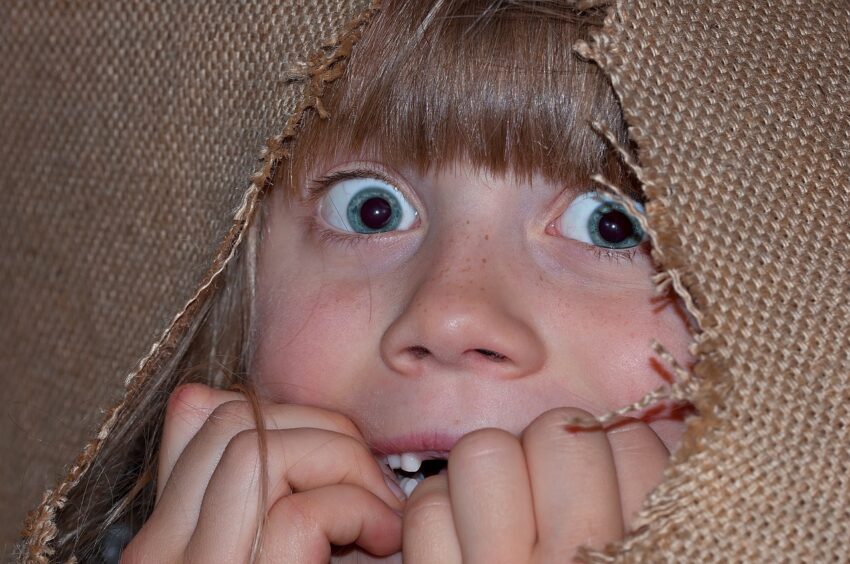Longing to join the spooky season fun without the nightmares? Have I got a list of recommendations for you!
Recently, I learned the publishing industry transitioned to utilizing content descriptions as opposed to trigger warnings, as what triggers a reader differs greatly from person to person while content is more objective. In her new book Horror for Weenies, Emily C. Hughes guides reluctant viewers (“weenies,” as she affectionately calls them) through dozens of classic and contemporary horror films by summarizing content as it relates to trauma. For example, folks with religious trauma may not enjoy The Exorcist, while those with beloved furry friends may want to avoid Ginger Snaps. Similarly, in 101 Horror Books to Read Before You’re Murdered, author Sadie Hartmann analyzes contemporary horror novels and novellas, categorizing by sub-genre, theme, style, tone and gore-level. I highly recommend both of these books for the reader/viewer wishing to venture into the darkness fully armed.
Rather than labeling or dismissing books as “too scary” or “not scary enough,” we as readers can make more informed, individual choices based on content descriptions. One of the most disturbing books I’ve ever read wasn’t even horror, but depicted a young child falling from a third-story window so vividly I had to stop reading. Knowing what to expect without spoiling helps me decide whether or not to subject myself to a particular kind of fear. In that spirit (pun intended), here are some of my favorite recent releases by local authors, with content warnings as well as aspects that appealed to me and might intrigue you as well.
A Mask of Flies by Matthew Lyons. Content: cults, gun violence, gore, generational trauma. Appeal: set in the San Luis Valley, queer representation.
Anyone But Her by Cynthia Swanson. Content: gun violence. Appeal: set in Denver, neurodivergent representation.
The Z Word by Lindsay King-Miller. Content: zombies, political corruption. Appeal: unique take on classic horror tropes (zombie outbreak during Pride), queer representation.
Chopping Spree by Angela Sylvaine. Content: slashers, violence against children. Appeal: set in an 80’s vintage mall, unique take on classic slasher tropes, queer representation.
Rogue Community College by David R. Slayton. Content: violence, grooming. Appeal: unique take on classic magic school tropes, queer representation.
Please share your own favorite spooky season reads in the comments, including any content potential readers may find distressing and/or appealing.


This is such a thoughtful and refreshing approach to horror! I love how the focus on content descriptions over trigger warnings allows readers to make more personalized, informed decisions about what they engage with. It’s true that fear is so subjective, and I appreciate the specific examples of content like “religious trauma” or “violence against children”—it’s definitely helpful for anyone trying to avoid certain themes. I’ll definitely check out *Horror for Weenies* and *101 Horror Books to Read Before You’re Murdered*—they sound perfect for easing into horror while being aware of sensitive topics. Thanks for sharing these local recommendations too, I’m especially intrigued by *Chopping Spree* and its 80s mall slasher vibe!